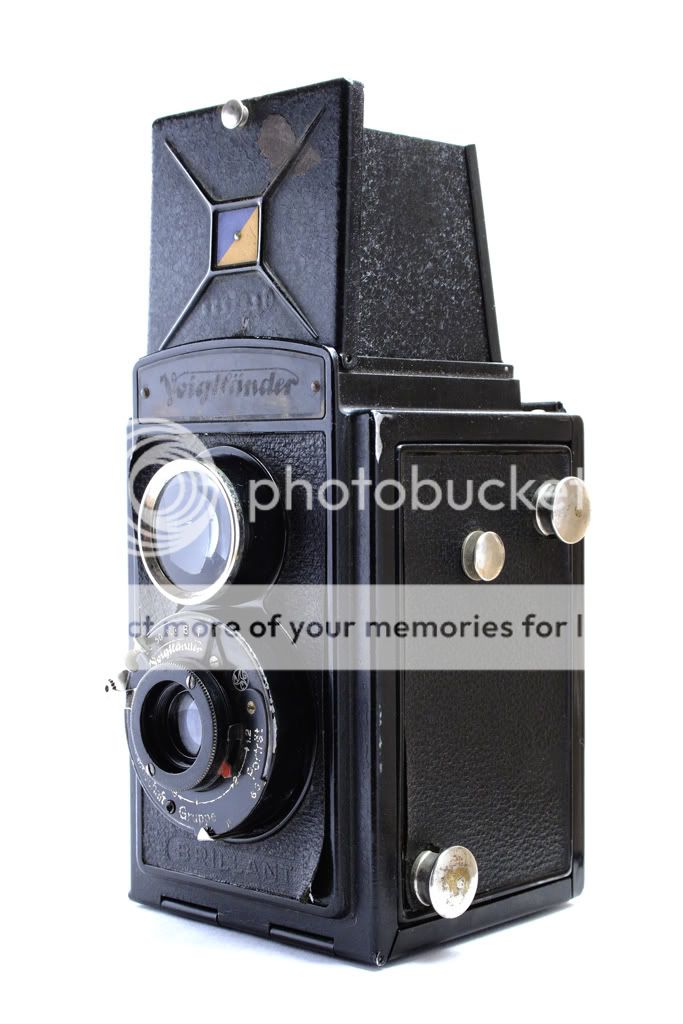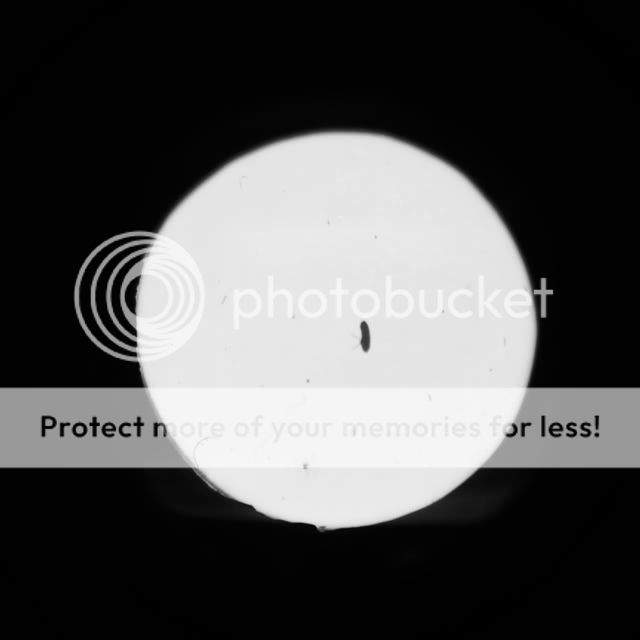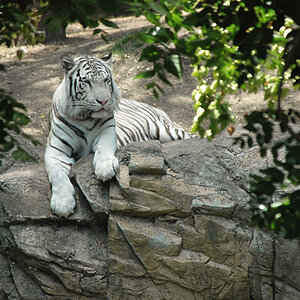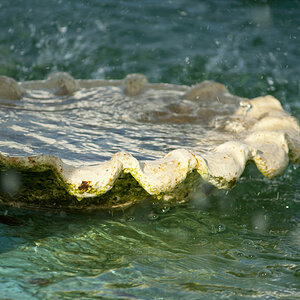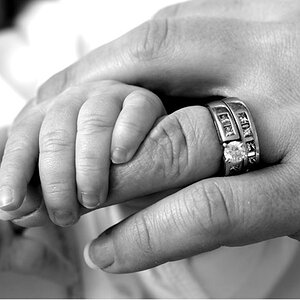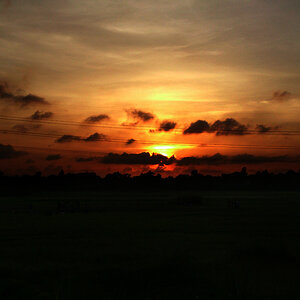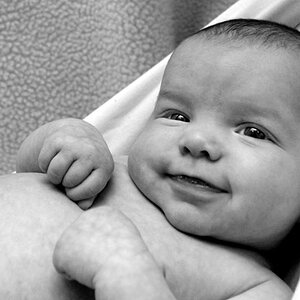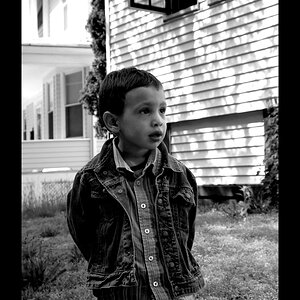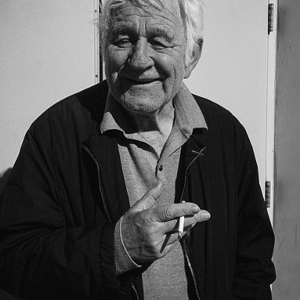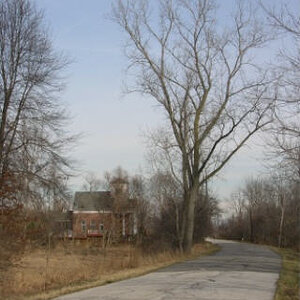rpiereck
TPF Noob!
- Joined
- Oct 22, 2007
- Messages
- 9
- Reaction score
- 0
- Can others edit my Photos
- Photos OK to edit
I recently bought an vintage Voigtlander Brillant, and while I wait for the old camera to arrive in the mail I have been searching for info on operating the camera on the net. While I have found an operation manual for it on the net I am still in doubt as on how to expose the film. The camera has no light meter, and I am not about to spend big bucks on a light meter just for an old $30 camera.
With that said, what is a good technique to get good exposures without a meter? Is trial and error the only method? Could I use my Rebel XTi or my 35mm Kalimar K-90 as a light meter? I have been thinking of how to use one of those camera's built in meter, and it's been boggling my mind. The defferent formats (6x6 on the Brillant, APS size sensor on the Rebel), the different lenses, focal lengths, etc , all seem like too many differences to make it work, but somethign tells me that it might be possible. Who knows...
Also, I have successfully taken some pics in broad sunny daylight on 35mm and digital cameras using the BDE (Basic Daylight Exposure) by setting the ISO at 100, shutter at 1/100 and apperture at f/16. Would this apply to 6x6 medium format too? Are the settings (ISO, shutter, apperture) the same? If not, how do I set BDE on a medium format?
Thanks.
With that said, what is a good technique to get good exposures without a meter? Is trial and error the only method? Could I use my Rebel XTi or my 35mm Kalimar K-90 as a light meter? I have been thinking of how to use one of those camera's built in meter, and it's been boggling my mind. The defferent formats (6x6 on the Brillant, APS size sensor on the Rebel), the different lenses, focal lengths, etc , all seem like too many differences to make it work, but somethign tells me that it might be possible. Who knows...
Also, I have successfully taken some pics in broad sunny daylight on 35mm and digital cameras using the BDE (Basic Daylight Exposure) by setting the ISO at 100, shutter at 1/100 and apperture at f/16. Would this apply to 6x6 medium format too? Are the settings (ISO, shutter, apperture) the same? If not, how do I set BDE on a medium format?
Thanks.


